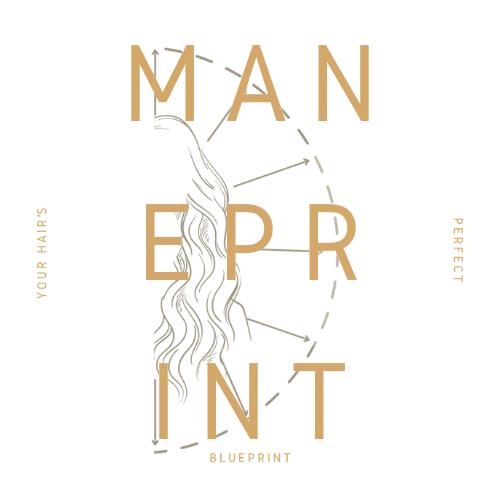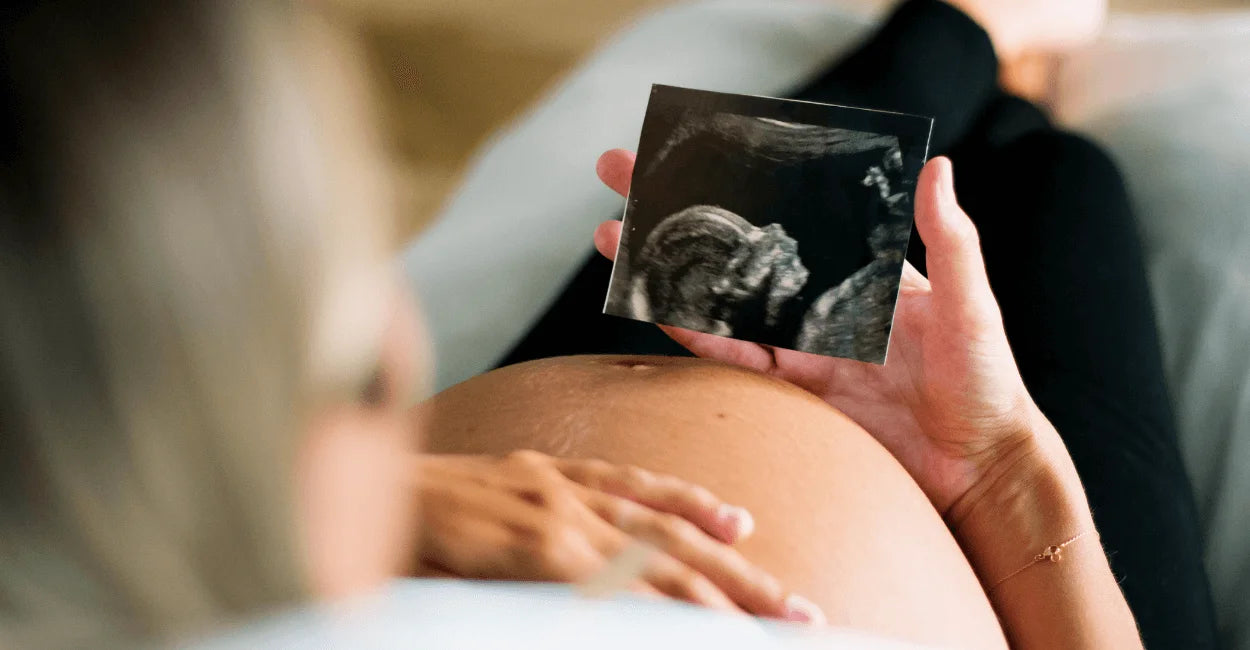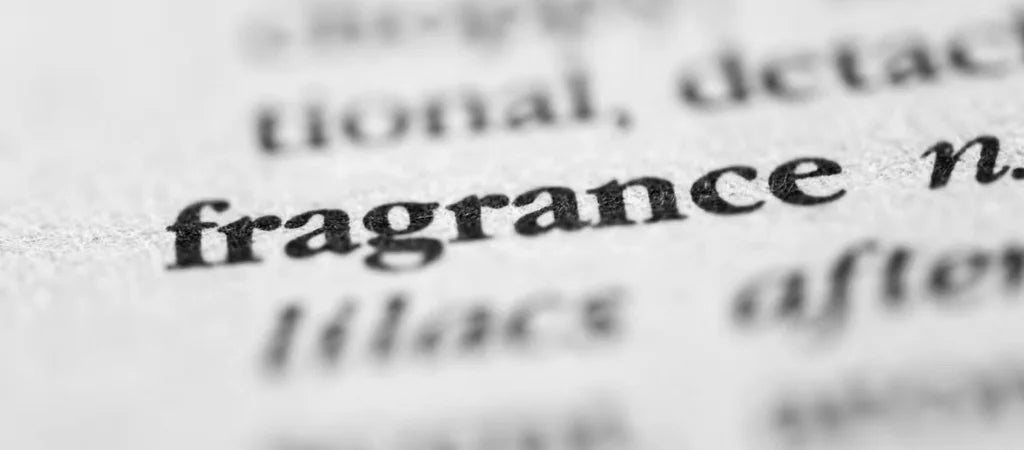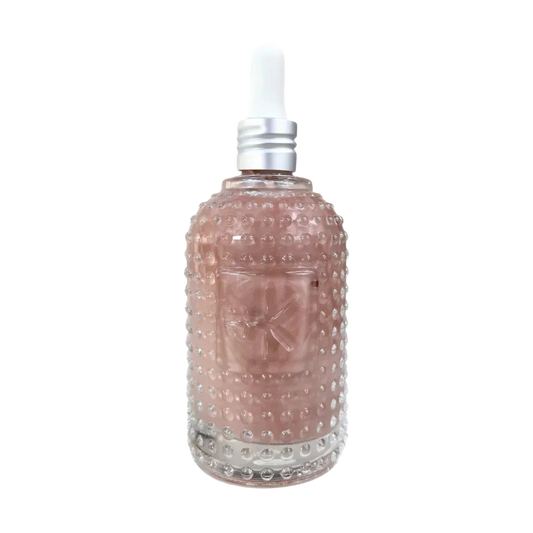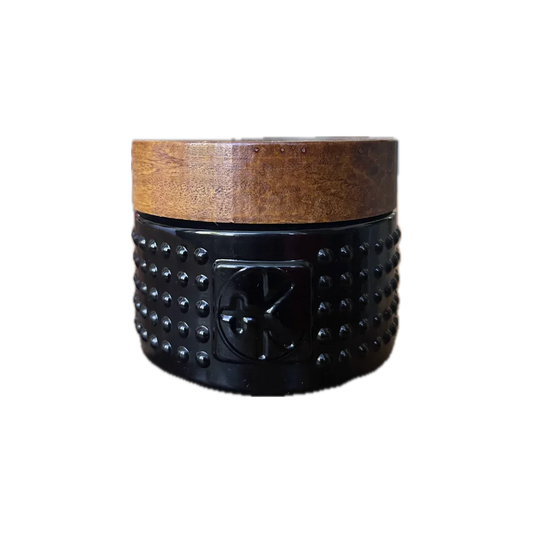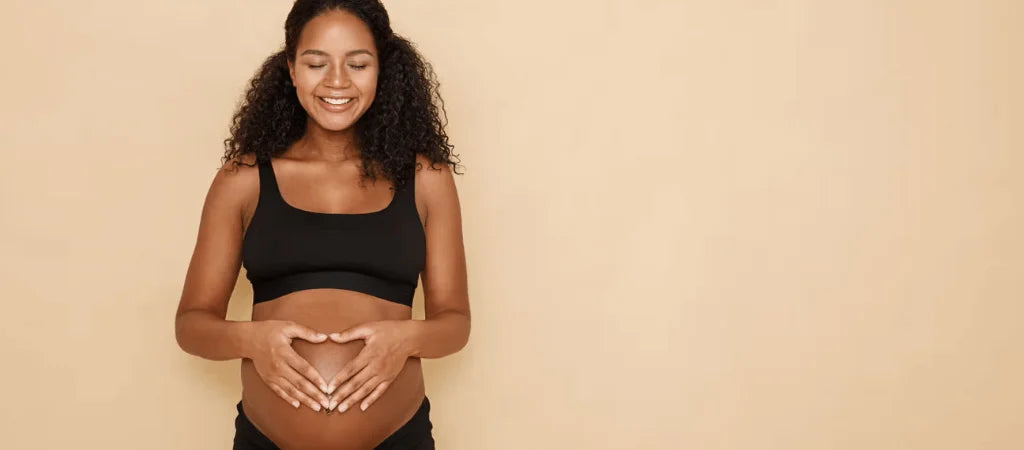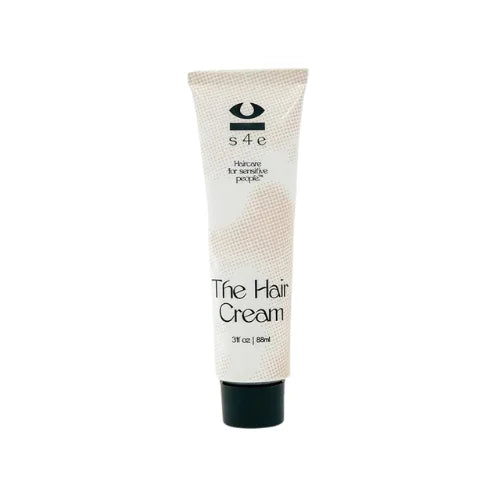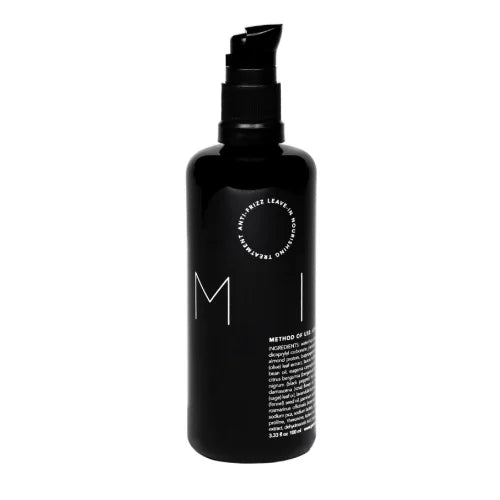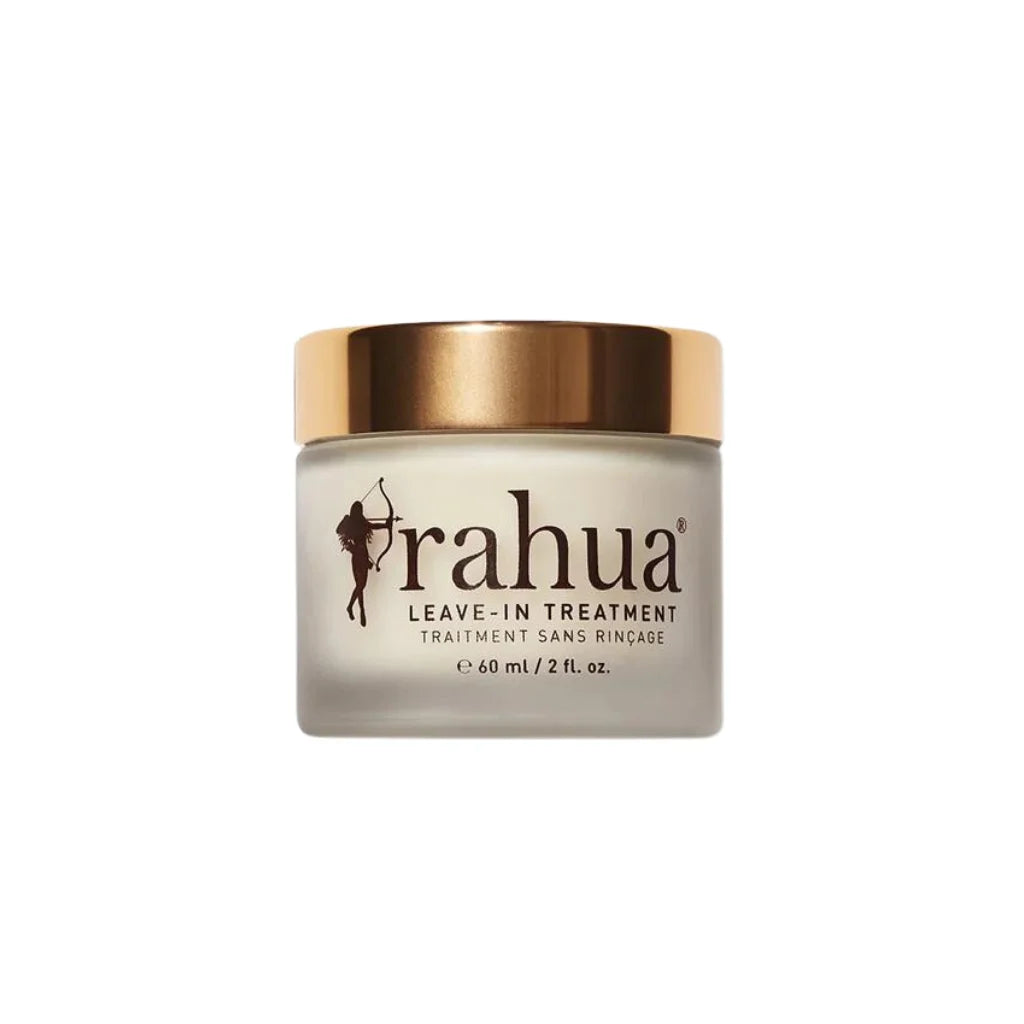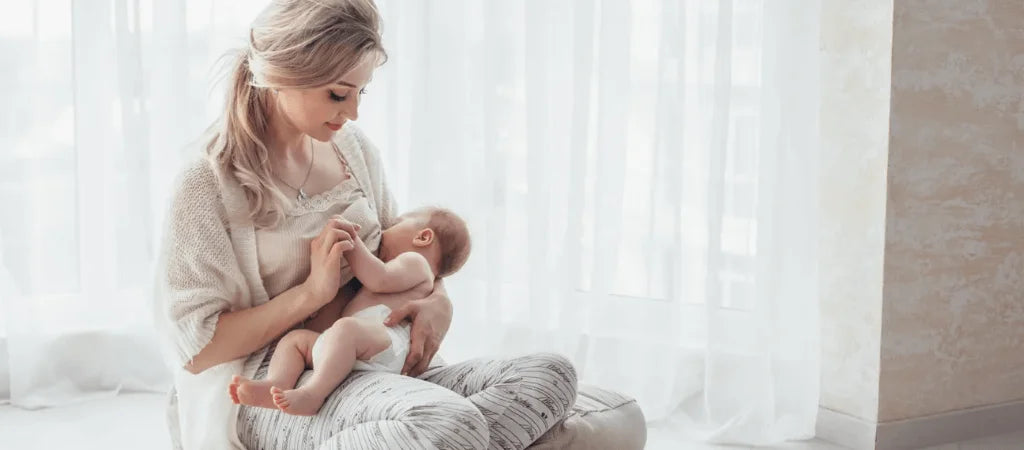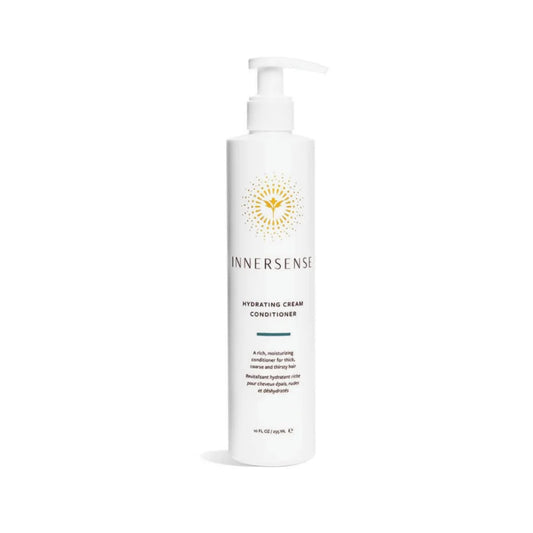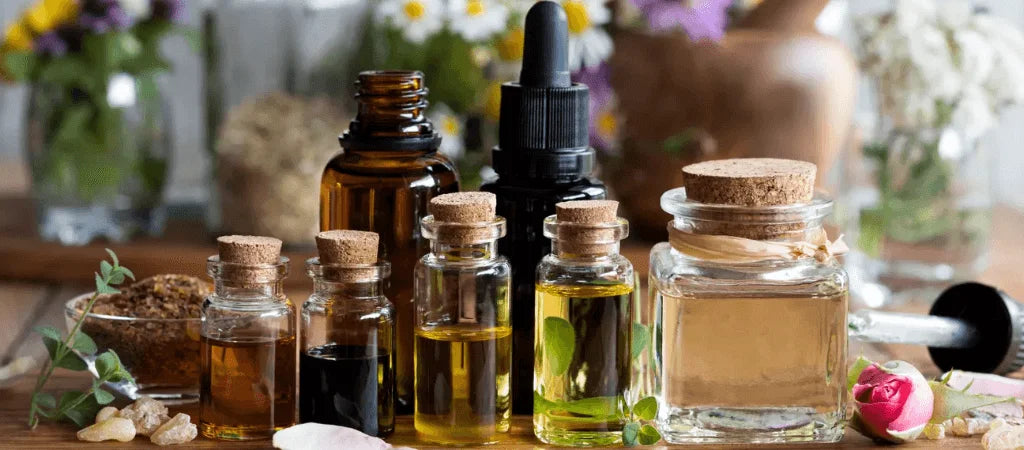8 HAIR CARE INGREDIENTS TO AVOID DURING PREGNANCY AND BREASTFEEDING
As a mom-to-be or new mom, it’s important to be conscious of not only what you are eating, but what you are putting on your skin, scalp and hair. Sure…you might not be booking hair straightening or color treatments, but did you know there are ingredients to avoid during pregnancy and breastfeeding in hair care products like shampoo, conditioner, and styling products?
A new study published in Environmental Science & Technology found per- and polyfluoroalkyl substances (PFAS) in the breast milk of 100% of the participants who submitted samples. Not only are PFAS absorbed into breast milk but, according to research published in Environment International, they can cross the placenta and reach unborn babies.
PFAS are chemicals widely found in everyday products, from cosmetics to cleaning products, and scientific research by the United States Department of Health and Human Services Agency for Toxic Substances and Disease Registry found that they have links to a wide range of health risks, including a weakened immune system, pregnancy-induced hypertension, thyroid disease, and cancer.
This information on PFAS is concerning enough. But there are plenty of other risky ingredients to avoid in hair care. According to the American College of Obstetricians and Gynecologist personal care products have been found to contain mixtures of endocrine disruptors (e.g. parabens, phthalates, fragrance, etc), that are not listed on product labels. Toxic exposure has been associated with infertility and miscarriage or obstetric outcomes such as preterm birth and low birth weight, neurodevelopmental delay such as autism and attention deficit hyperactivity disorder, and adult and childhood cancer.
Don't let this information scare you away from using high-performing shampoos and hair products. As more consumers are made aware of hidden chemicals in their products, independent and clean beauty brands are popping up around the world. It is important to be your own advocate, or shop with highly-strict beauty companies, like Maneprint, which vets ingredients in our Keepin' it Clean Collection to ensure products are meeting their clean standards.
8 TOXIC INGREDIENTS TO AVOID DURING PREGNANCY AND BREASTFEEDING
To help you make the best decisions while pregnant or breastfeeding, here’s a list of the most common toxic hair product ingredients to avoid as well as why it’s best to avoid them. Of course, we don’t just want to warn you, so we also share how to identify the ingredients on product labels, and options that are better for you and your baby.
FRAGRANCE
Synthetic fragrance ingredients are ubiquitous in conventional hair care. Even some products labeled “unscented” contain synthetic fragrance to mask the scent of other ingredients. Fragrance in hair care is usually a chemical cocktail of several ingredients, including phthalates and industrial solvents.
How to I.D: Identifying synthetic fragrance ingredients to look out for in hair products can be tricky. As a product's "fragrance" recipe is considered proprietary, it can be a catch all word for muliptle hidden toxins. Avoid products when you see terms like “parfum” and “perfume” on the label and see if the product label makes note of natural fragrance ingredients.
When in doubt, trust your nose. If a product smells like something that could not have come from nature, it probably didn’t. Many hair care products now are free from artificial fragrances and use natural botanicals for scent.
While fragrance is (more often then not) found in every beauty product from face wash to hairspray, it is also the easiest to identify on a label. Here are some of MANEPRINT experts' favorite synthetic fragrance free hair products.
FRAGRANCE FREE PRODUCTS
-
Cult and King Jelly
Regular price $40.00Regular priceUnit price per -
Cult and King Tonik Scalp and Hair Purifier
Regular price $40.00Regular priceUnit price per -
Cult and King Balm
Regular price $40.00Regular priceUnit price per -
Cult and King Vegan Balm
Regular price $45.00Regular priceUnit price per
PARABENS
These synthetic preservatives have become the poster child for ingredients to avoid in cosmetics, but pregnant women, in particular, may want to use them with caution. A study published in the Environmental Research Journal found that parabens have the potential to pass through the placenta and affect testosterone levels.
How to I.D.: Parabens are listed on product ingredient labels as methylparaben, ethylparaben, propylparaben, and butylparaben. Certain essential oils and botanical ingredients, as well as processing and packaging methods, are used by clean beauty brands instead of parabens to preserve hair care products.
Here are some of our fav Paraben-free shampoos based on hair type, concern and goals.
EXPERT PICK CONSCIOUS STYLERS
PHTHALATES
These chemicals are widely used in conventional hair care products, like hairspray to provide flexible hold, and also to make fragrance ingredients last longer. The Campaign for Safe Cosmetics mentions pregnant and breastfeeding women as particularly vulnerable to the effects of phthalates.
How to I.D.: Phthalates show up on product labels as phthalate, DEP, DBP, and DEHP. But it is important to note that when included as a fragrance ingredient, phthalates fall into the signature scent loophole mentioned above.
Here are some of our stylist-recommended phthalate free shampoos.
SODIUM LAURYL SULFATE
Possibly one of the most common mainstream shampoo ingredients, sodium lauryl sulfate (SLS) is a foaming agent that makes a product create suds. This ingredient can cause feelings of irritation to the scalp, skin, and eyes. Because many women have more sensitive feeling skin during pregnancy, it might help to avoid SLS in hair care.
How to I.D.: Look for both sodium lauryl sulfate and SLS on product labels. You may also see sodium laureth sulfate or SLES, another surfactant and close cousin to SLS. Clean hair care brands use natural surfactants, like a coconut-derived cleanser, in their shampoos.
All products at MANEPRINT are SLS and SLES free.
FORMALDEHYDE
Formaldehyde is used as a preservative and as an adhesive in many cosmetics and hair care products. The exposure to formaldehyde can cause irritation to the eyes, nose, and throat and in extreme cases cancer.
How to I.D.: Of course, you will never see the word “formaldehyde” on a cosmetic label, but there are common ingredient that are formaldehyde-releasers which means they release it into the air. They are commonly used in shampoos, conditioners and other “rinse-off” products and marketed as safe because they are rinsed away and do not remain on the hair.
Don’t let that fool you…it is always better to avoid this ingredient completely as even mild exposure poses health risks.
TRICLOSAN
Triclosan is an antibacterial chemical used in many over-the-counter soaps, shampoos, and other beauty products. Triclosan can mimic hormones and can disrupt the normal development of the fetal and newborn reproductive system.
How to I.D.: Look for Triclocarban (TCC) or TSC
Expert Pick Conscious Conditioners
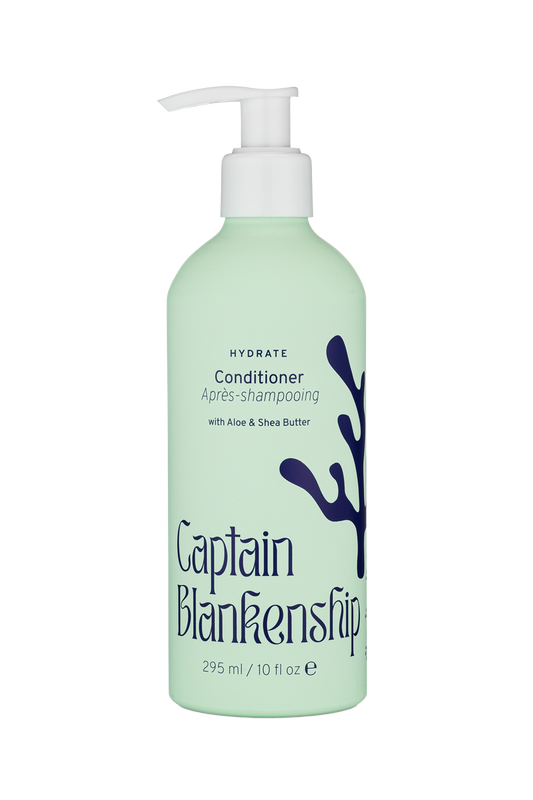
Captain Blankenship Conditioner
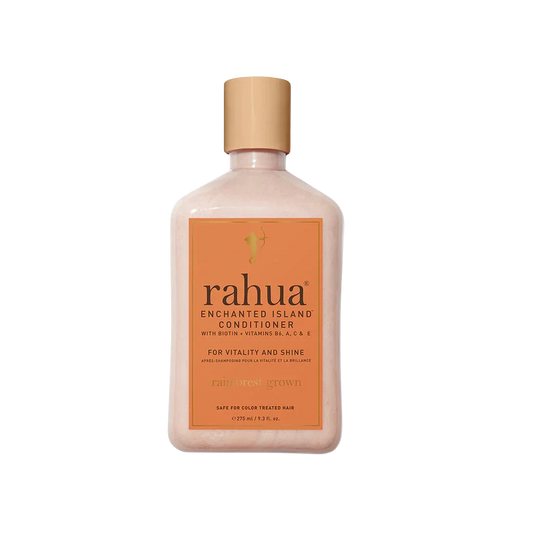
Rahua Enchanted Island Conditioner
Innersense Hydrating Cream Conditioner
PROPYLENE GLYCOL
Propylene glycol is used in many beauty and hair care products to help condition and soften the hair. Propylene glycol is thought to be a skin irritant and can penetrate the skin and enter the bloodstream. It is a colorless and odorless liquid which may be derived from either petroleum, natural gas, or vegetable sources.
How to I.D.: Look for ingredients 1,2-Dihydroxypropane, 1,2-Propanediol, 2-Hydroxypropanol, Methylethyl Glycol, Propane-1,2-Diol, Propylene Glycol
Non-toxic but consider some essential oils
Essential oils have many benefits when it comes to cosmetics. But these highly concentrated oils should always be used with care, especially when pregnant or breastfeeding. There are certain essential oils to avoid during pregnancy, like basil and camphor.
To steer clear of risks associated with using these oils during pregnancy, purchase prepared hair care products rather than creating your own concoctions at home.
How to I.D.: The list of essential oil names is too lengthy to list here. Some product labels will note that fragrance ingredients are from essential oils. Most often essential oils will appear at the bottom of the ingredient listing.
We understand that pregnancy and nursing can be a time of change and uncertainty. To keep you and your baby safe while expecting or breastfeeding, we recommend avoiding the ingredients listed above. Do your research and read the labels on hair products before you buy. Ask your doctor for guidelines on safe beauty products and make sure to check ingredients if you’re using products from brands that you don’t know well.
At MANEPRINT, we understand that reading labels and researching ingredients can feel overwhelming with our restricted time and go-go lifestyles. That is why we vet every product before we allow it in at maneprint.com. Not to mention, since MANEPRINT was founded by an expert Master Stylist, the product has also been tested to ensure it actually works.
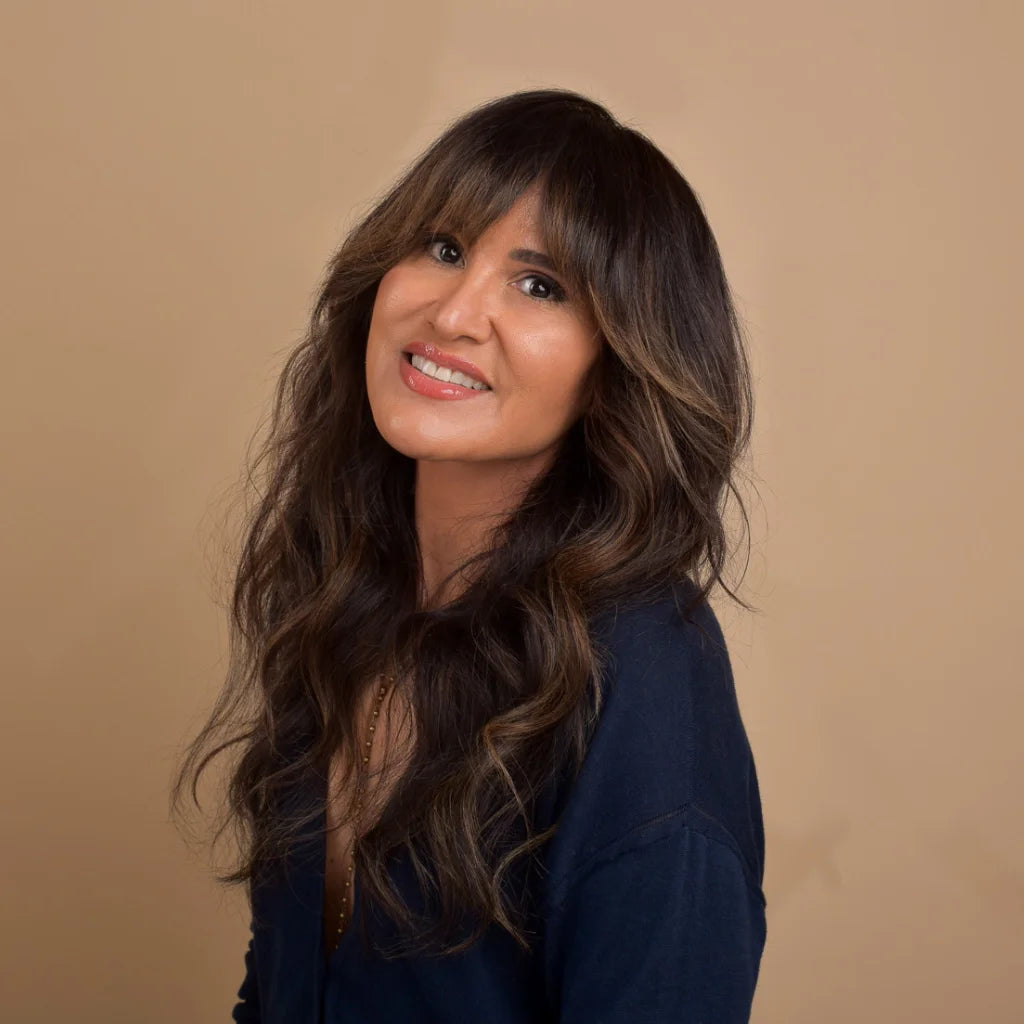
Written by Natalie Palomino
Natalie Palomino Is a Master Stylist, educator and Founder of MANEPRINT. Through advanced education and commitment to her craft, she built a vast clientele providing haircare education and hair services.
